Thread, you can't sew a seam without it but not all threads are the same. As you shop for thread you'll see that thread is available in various colors, thicknesses, and types.
How to Choose Thread Color
To pick the right color of thread, unravel the thread end off of the spool and place it across your fabric. You want the thread to blend/disappear into the fabric. If your fabric is multicolored or printed in a few different colors, you can choose the dominant color. You may want a contrast thread for edge stitching and topstitching, depending on the look you are going for. Having several spools of cotton and polyester thread in white and black is always a good idea.
Where To Buy It:
Thread is found either on the wall or in a common area in the fabric store. It is sorted by company name, type, and color. Do not buy your thread from discount bins. A discount thread is NOT a bargain. They almost always guarantee a headache when sewing!
Common Types of Threads
Cotton thread
A cotton thread has very little stretch. low sheen and a matte appearance. Choose a medium thickness cotton thread for working with lightweight to medium-weight cotton, linen, and rayon. Most often used in heirloom sewing, decorative stitching, embroidery, patchwork, and quilting.
Cotton-Wrapped Polyester Thread
Strong with low sheen and used for all-purpose sewing.
Polyester thread
Polyester thread is a true all-purpose thread, and it’s a good choice for most sewing projects. The thread is strong, colorfast, some stretch to it, heat and mildew resistant, and a tremendous color variety. Polyester thread often has a wax or silicone finish that allows it slip through the fabric easily.
Heavy-duty thread
Heavy-duty thread is also a polyester thread, but the weight of the thread is not suitable for most garment sewing projects. It is, however, the perfect choice when sewing home dec projects.
Silk thread
Silk thread is strong, smooth, and lustrous. It great to use when sewing silk or wool.
Metallic thread
Metallic thread is a thread that has been wrapped in thin metal. You can find it in gold, silver and copper varieties. You will need to change out your needle when sewing with metallic thread.
Choosing the right thread for your project:
The type of thread that’s right for your project will mostly be decided by your choice of fabric.
- The thread should match the size, weight, and properties of the fabric you will be sewing on.
- Some sewists recommend matching the thread content to the fabric content: cotton thread for natural fibers, polyester thread for synthetic blend fabrics.
- Most of the time you can simply find an all-purpose polyester thread in the right color and the results will be great.
- What is the right color? Well, that is really up to you. You can either choose to match your fabric or pick a contrasting color.
- Whichever type of thread you choose, buy the best you can afford. Cheap thread is cheap thread, and the lack of quality will ultimately show on your garment.
- For general machine sewing, look for a smooth, nub-free strand that doesn't twist easily and if mostly fuzz free.

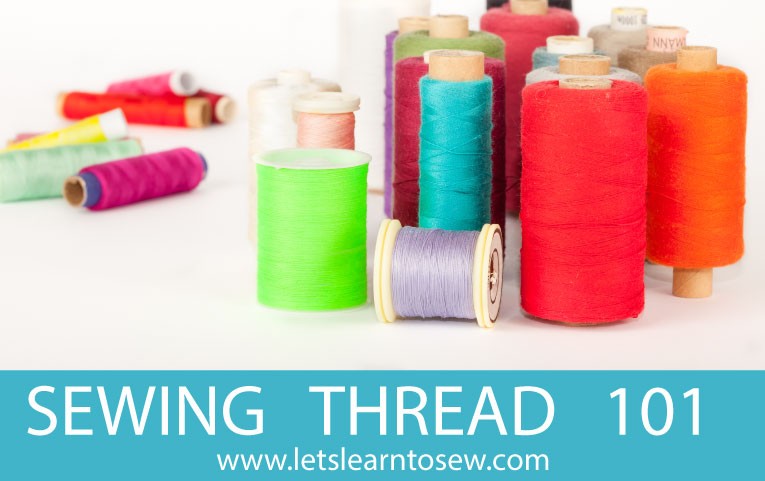
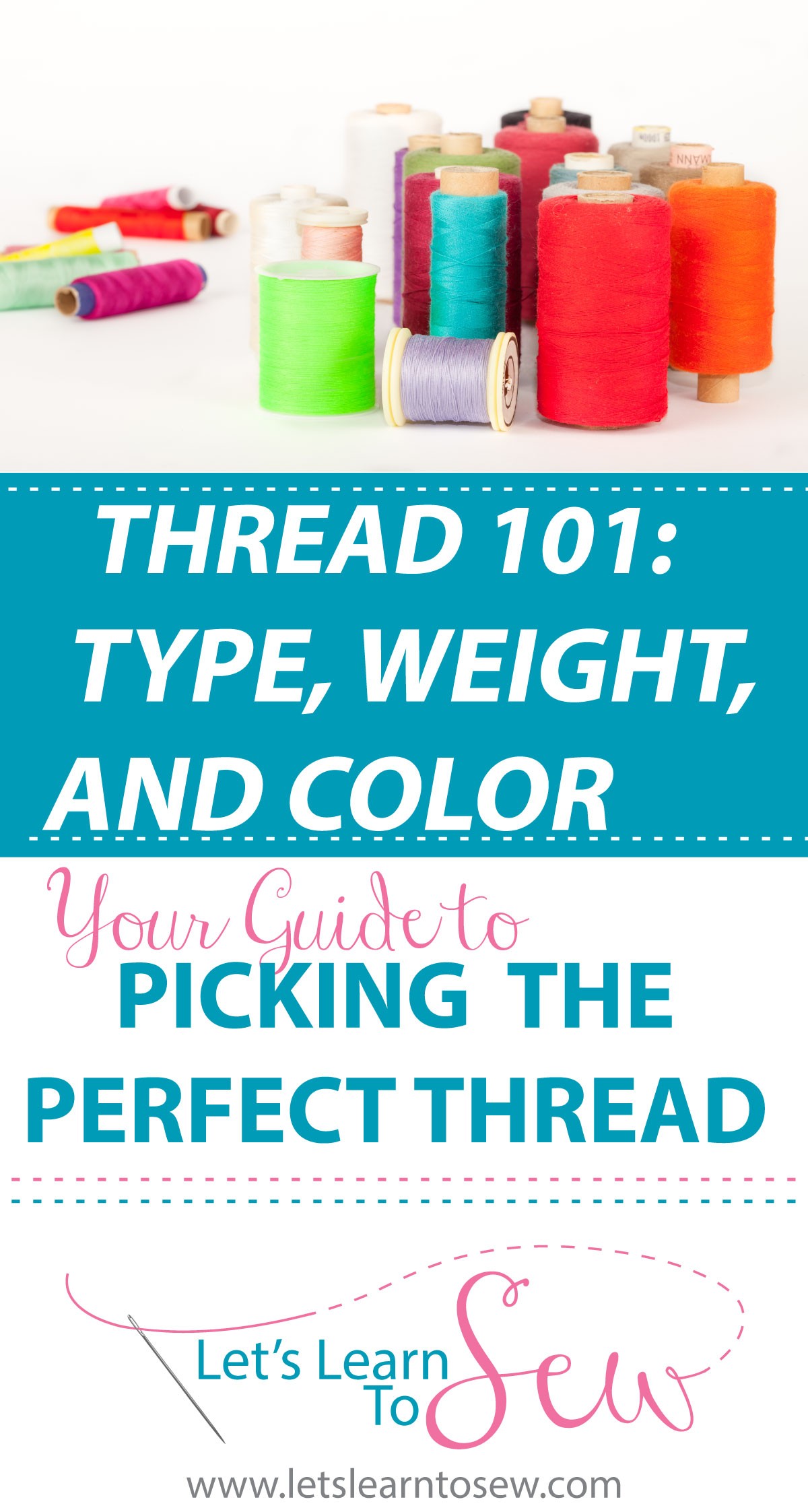
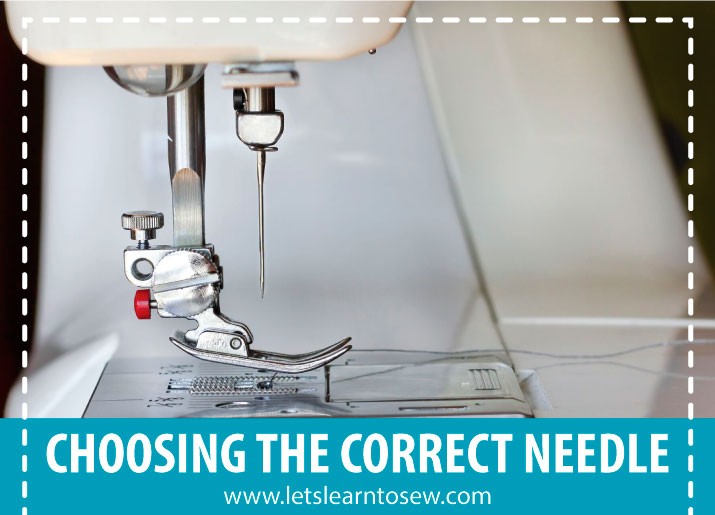
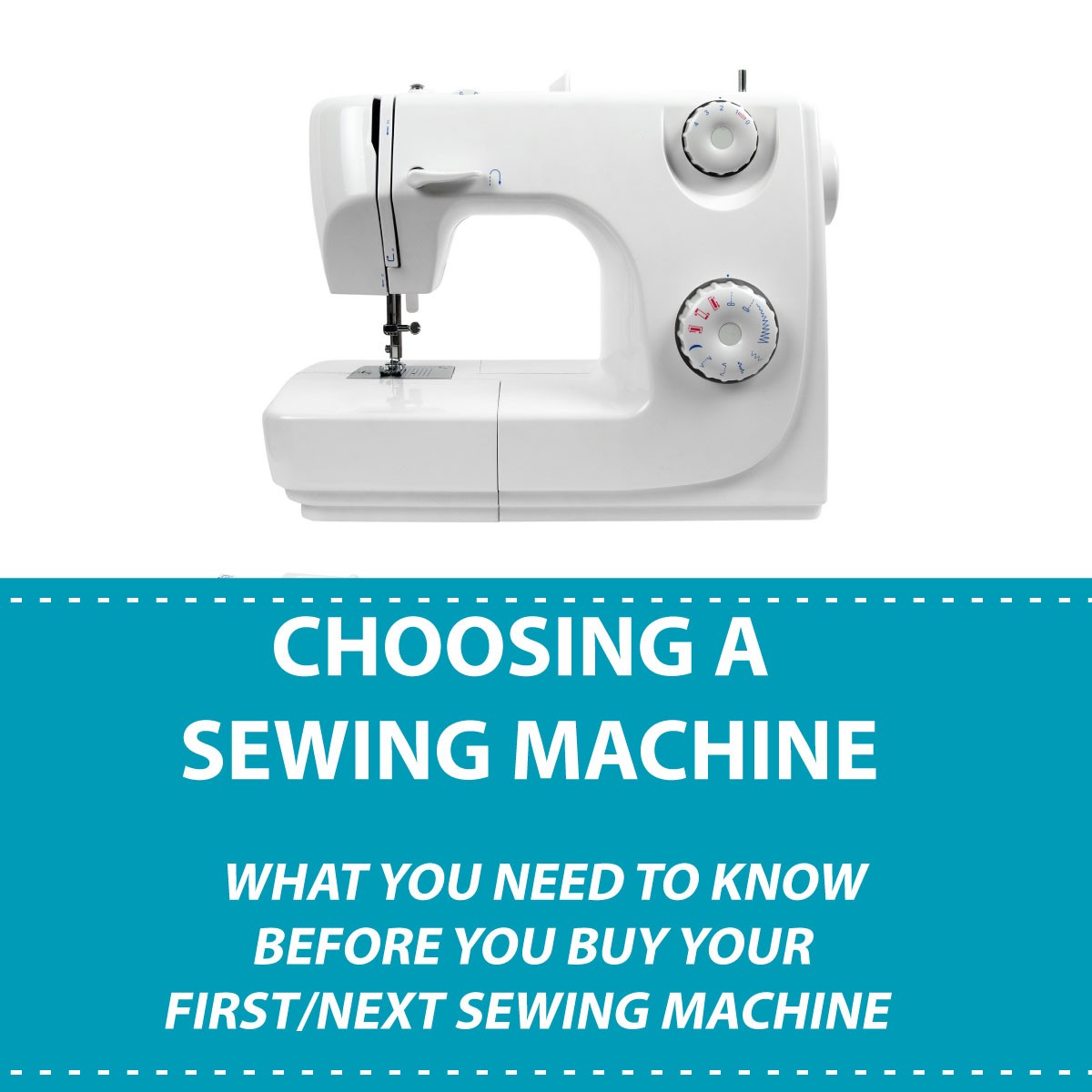

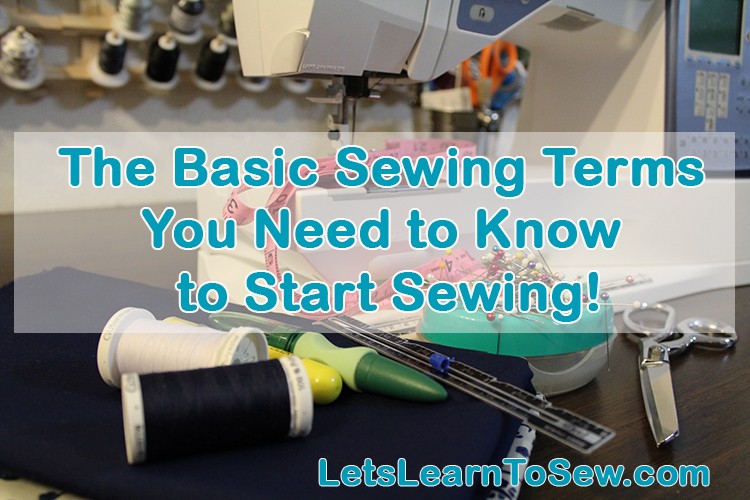
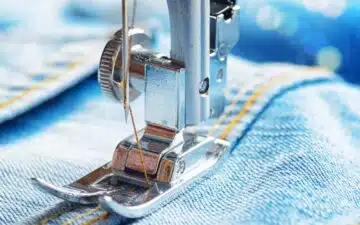
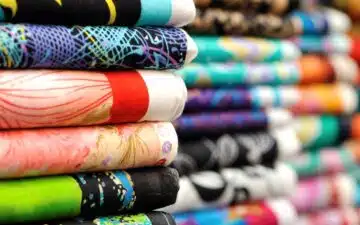
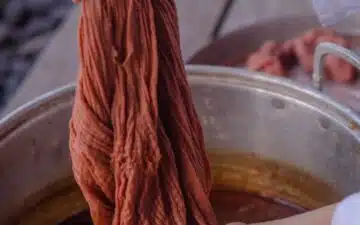
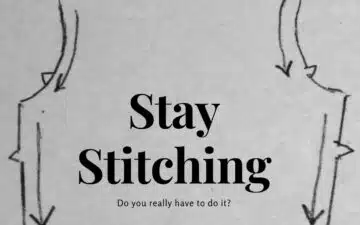
Elle Spann
speaking of this...I need to pick up some more thread, haha!
elle
Julie
This is really detailed information. I didn't realize there were so many different types of thread. I only sew to repair holes so I haven't gotten very into all the ins and outs. Pinning this.
Laurence
Sewing 101, reminds me when I was in grade school, first time to learn how to sew.